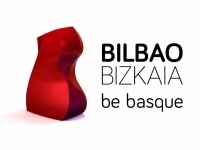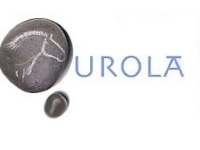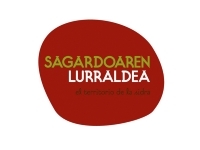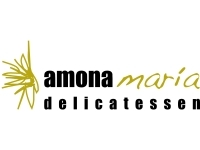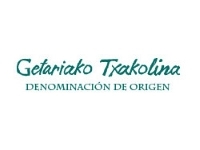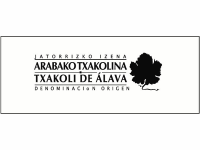The "Txakoli" and the summer, the best pairing
TXAKOLI AND SUMMER
TXAKOLI AND SUMMER
Txakoli and summer is a perfect combination to enjoy summer cuisine, ideal to take as an aperitif or accompany all kinds of dishes, from vegetables to cold soups, to seafood, fish or any type of salads. Also, due to the great evolution that this drink has had in the last quarter of a century, it is beginning to become popular with modern dishes, such as sushi. Txakoli, like the rest of white wines, has long ceased to be an exclusively seasonal drink. What is certain is that with the arrival of the sun, spring and especially summer, it becomes an ideal wine to enjoy on a summer terrace.
What is txakoli used for in the summer?What is txakoli used for in the summer?
Txakoli and summer marry perfectly. The txakoli is an excellent accompaniment for the preserves of our land, such as the Cantabrian anchovies, the sardines and the Bonito del Norte tuna. Without forgetting that this type of wine marida admirably with the pickles. In the case of the Basque Country, the humble and delicious Gilda is the champion of pintxos. The combination of the flavor of the vinegar meets the salty anchovy fits perfectly with the txakoli, a young and fruity wine. In effect, this combination of flavors is a delight for the senses.
We can also taste the txakoli in any bar or restaurant accompanied by the different pintxos of the land. In August, it is the ideal time for your tasting during the main festivities that take place in the towns and cities of the province of Gipuzkoa, such as the Semana Grande de San Sebastián.
Txakoli is a great appetizer: its acidity produces an increase in the amount of saliva and stimulates the segregation of gastric juices, preparing the body for better digestion. It is also shown that it facilitates the assimilation of protids (meats, fish, etc.) thanks to the ionic acidity and its weak osmotic pressure. Add that the txakoli is an excellent complement to fish and seafood, and that its quality also enables it to serve as an accompaniment to a whole meal.
How is txakoli served?
Summer is the time to taste the wines differently, not only because it is warmer or because the meals are usually less copious, but because of the season's own framework. The summer invites you to choose fresh wines, full of life, that make the connoisseurs forget the moment of critical tasting to get carried away by the joy of drinking. Just as we change perfume or clothes when temperatures rise, it is easy that in summer we want wines different from those we take in winter. The warmth invites lighter textures, fresher flavors and a more balanced acidity that encourages us to drink more. Txakoli and summer induce us to do so.
The ideal temperature in which txakoli should be drunk to enjoy all its properties is around 9º C. It has to be served in a tall glass, of the wine glasses, with a long foot and an ajar bowl. On the one hand, this container helps preserve all the aromas; on the other, the contact of the glass with the hand does not alter the temperature of the liquid. Personal taste also plays an important role here, as some people enjoy more of a txakoli in a glass because they claim to better recognize its delicious citrus and floral aromas.
The Txakoli and the summer: stories and memories
And then, thanks to the sun and the incredible buds of leaves that were born in the trees, the way things grow in fast-moving movies, I felt the familiar conviction that life was beginning again with summer.
Scott Fitzgerald: The Great Gatsby
There are things that only happen in summer. Because the year, shamelessly ignoring the calendar, starts and runs out on vacations that turn everything upside down, almost always crucial, a time to which decisive episodes and transcendental moments adhere with amazing ease, whether they be tragedies or instants of unrepeatable happiness. This mythical nature of the summer has always clung to the narrative to recreate some of its best stories. Wine is a close part of our lives, our memories, our feelings and emotions. Wine is around many of our celebrations and good times in our lives. We eat and drink to nourish ourselves, for pleasure, to experiment to share. But we also eat and drink to tell it.
Juan Luis Aduriz said that as social beings that we are, in addition to nutrients we need relationships and stories that feed our thoughts. In this way, the dishes or ingredients covered with a biography acquire a symbolic capital that transcends the organoleptic characteristics. (...) Perhaps this is why the stories connect, provide context and arguments, weaving sense and logic, sacralizing and reassessing what they cherish. I have no doubt: if there was a sixth taste, it would be the flavor of the stories.
Basque Destination wants to offer you the best experiences to enjoy Txakoli during the summer season....
Images Gallery
Would you like a tailor-made travel?
Tell us how would you like it


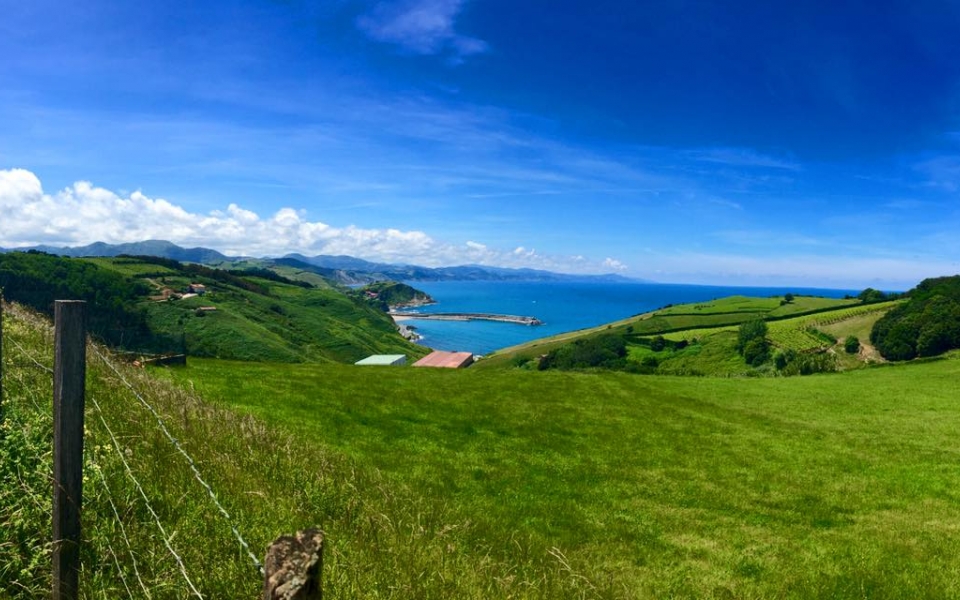
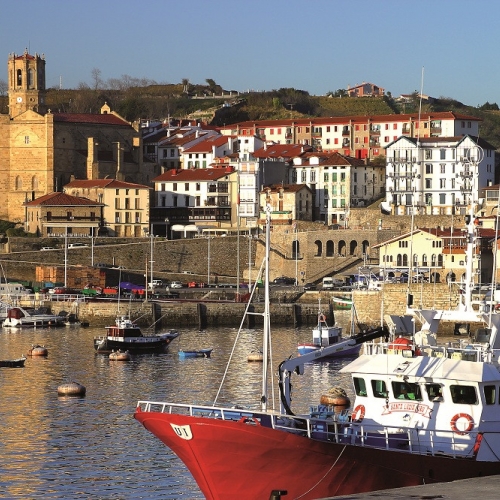
.jpg&output=getaria-2-500-500-100.jpg&w=500&h=500&q=100&ext=jpg)
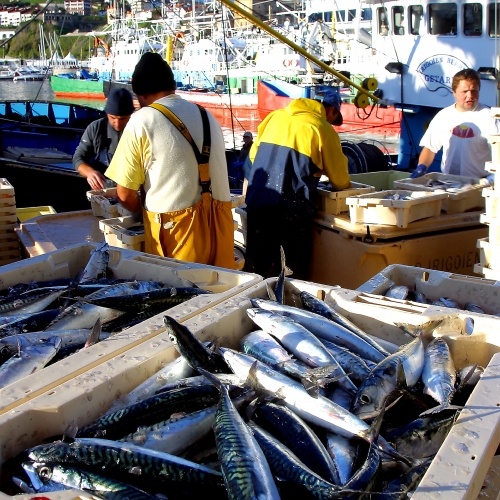



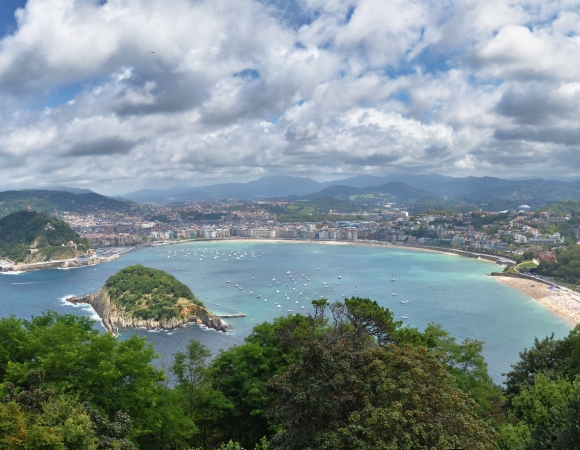







.jpg&output=the-basque-route1-200-100.jpg&w=200&q=100&ext=jpg)




